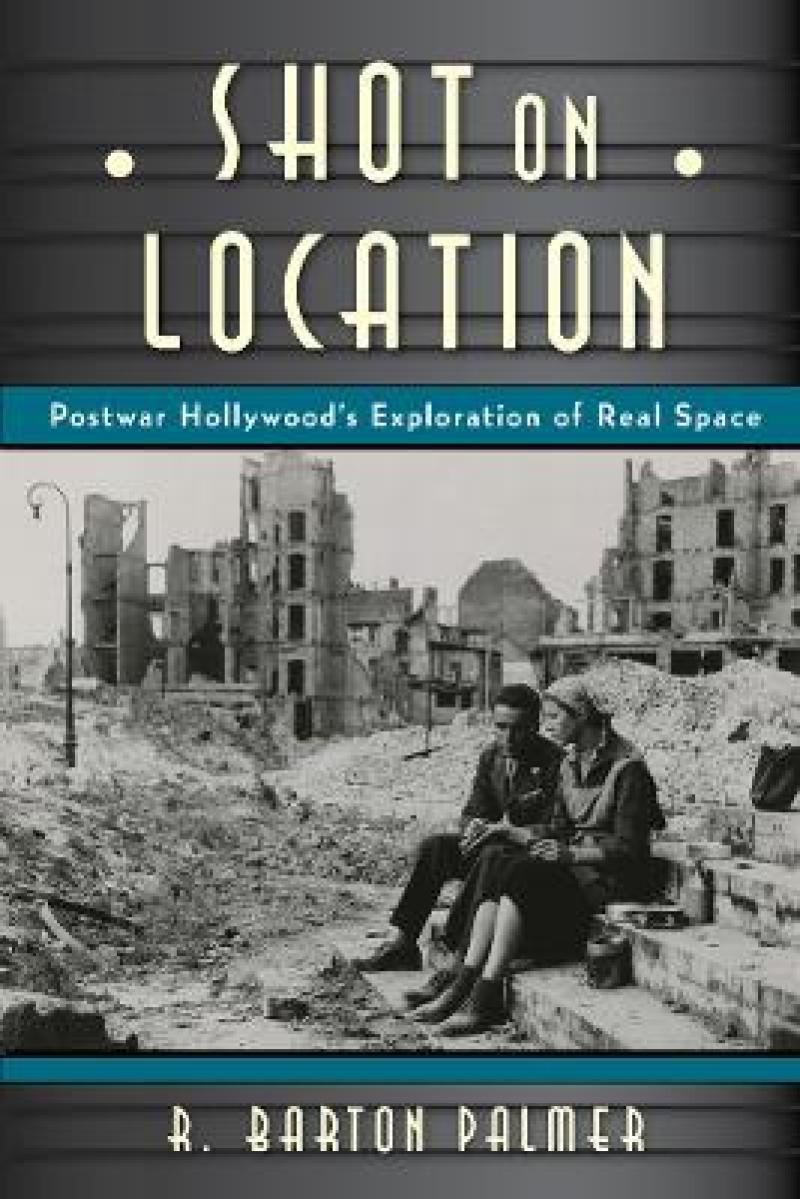In the early days of filmmaking, before many of Hollywood’s elaborate sets and soundstages had been built, it was common for movies to be shot on location. Decades later, Hollywood filmmakers rediscovered the practice of using real locations and documentary footage in their narrative features. Why did this happen? What caused this sudden change? Renowned film scholar R. Barton Palmer answers this question in Shot on Location by exploring the historical, ideological, economic, and technological developments that led Hollywood to head back outside in order to capture footage of real places. His groundbreaking research reveals that wartime newsreels had a massive influence on postwar Hollywood film, although there are key distinctions to be made between these movies and their closest contemporaries, Italian neorealist films. Considering how these practices were used in everything from war movies like Twelve O’Clock High to westerns like The Searchers, Palmer explores how the blurring of the formal boundaries between cinematic journalism and fiction lent a “reality effect” to otherwise implausible stories. Shot on Location describes how the period’s greatest directors, from Alfred Hitchcock to Billy Wilder, increasingly moved beyond the confines of the studio. At the same time, the book acknowledges the collaborative nature of moviemaking, identifying key roles that screenwriters, art designers, location scouts, and editors played in incorporating actual geographical locales and social milieus within a fictional framework. Palmer thus offers a fascinating behind-the-scenes look at how Hollywood transformed the way we view real spaces.
Les mer
Preface Acknowledgments Introduction: Real History, Real Cinema 1. Filming the Transitory World We Live In 2. The Postwar Turn toward the Real 3. Of Backdrops and Place: The Searchers and Sunset Blvd. 4. An American Neorealism? 5. Noir on Location 6. Ramparts We Watch: Legacies Conclusion: Authentic Banality Notes Index
Les mer
“A tremendously important advance in our understanding of landscape, cityscape, and place in postwar American cinema, among the most innovative current work in film and media studies, American studies, English literature, and cultural geography.”
Les mer
Produktdetaljer
ISBN
9780813564081
Publisert
2016-02-18
Utgiver
Vendor
Rutgers University Press
Høyde
235 mm
Bredde
156 mm
Dybde
15 mm
Aldersnivå
UU, UP, 05
Språk
Product language
Engelsk
Format
Product format
Heftet
Forfatter

